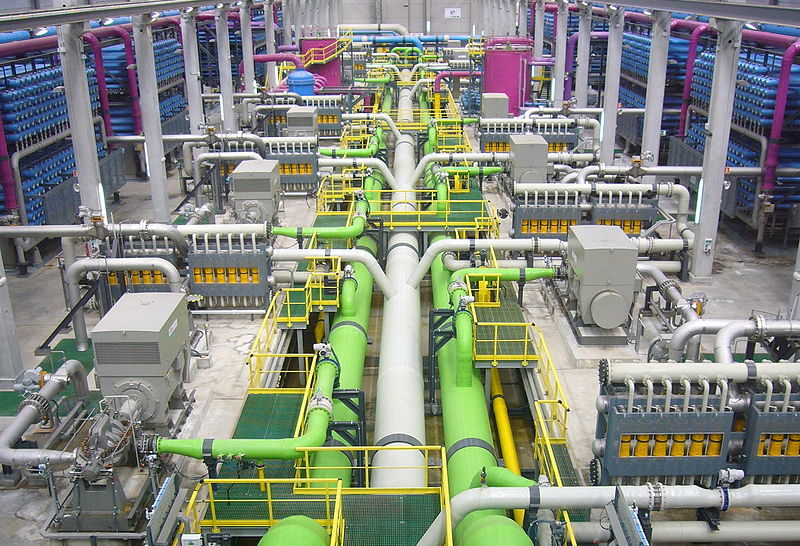From pv magazine Spain
There are parts of the world in which basic resources such as water are limited. The authorities in the Canary Islands, for example, are unable to supply all the water needed for the archipelago's population, industry, and agriculture without resorting to techniques such as desalination.
Solar power could be a cost-effective way to power desalination plants in the Canary Islands, but the archipelago has a limited amount of land for PV facilities. A mix of high population density, irregular topography, protected natural areas, and dependence on tourism makes it difficult to install large solar plants, aside from rooftops or the sea.
This is why water-treatment specialist Emalsa, together with Instituto Tecnologico de Canarias ITC and Universidad Europea de Canarias, recently published a study on the design and integration of a floating PV system for the Planta Desaladora de Ósmosis Inversa “Las Palmas III,” which is a desalination plant on the island of Gran Canaria.
The planned PV system is expected to have a capacity of 1.53 MW. It will likely be deployed in the catchment basin of the desalination plant. If it is built, the project would require an investment of around €2 million ($2.4 million) and could help the desalination plant to meet around 3% of its total power demand.
The researchers stumbled upon one surprising finding. If the surface of the water basin is covered with solar panels, variations in seawater temperatures are reduced. The immediate impact of covering the body of water is to improve the efficiency of the reverse osmosis process, by stabilizing the temperature of the seawater throughout the year.
Furthermore, the results of the thermodynamic study, which simulate the coverage of the catchment basin with the floating plant, show the stabilization in the thermal gradient throughout the day, as well as a reduction in the temperature of the accumulated water, with respect to the incoming water mass – up to 0.32 C on the days of highest irradiation and up to 0.18 C when it is less. This effect is also beneficial because it reduces the boron content of desalinated water.
The project, which is still in the feasibility-study phase, shows the enormous potential in the Canary Islands for the deployment of sustainable systems in the water-energy nexus. It also confirms the Canary Islands as a reference territory for the development of innovative projects, exportable to other regions of the world.
A European consortium recently announced plans to build a floating PV plant in the waters off the Canary Islands. The plan involves the Canary Islands Ocean Platform (PLOCAN), Ocean Sun (Norway), Innosea (France), and the Technological Institute of the Canary Islands.
This content is protected by copyright and may not be reused. If you want to cooperate with us and would like to reuse some of our content, please contact: editors@pv-magazine.com.



By submitting this form you agree to pv magazine using your data for the purposes of publishing your comment.
Your personal data will only be disclosed or otherwise transmitted to third parties for the purposes of spam filtering or if this is necessary for technical maintenance of the website. Any other transfer to third parties will not take place unless this is justified on the basis of applicable data protection regulations or if pv magazine is legally obliged to do so.
You may revoke this consent at any time with effect for the future, in which case your personal data will be deleted immediately. Otherwise, your data will be deleted if pv magazine has processed your request or the purpose of data storage is fulfilled.
Further information on data privacy can be found in our Data Protection Policy.